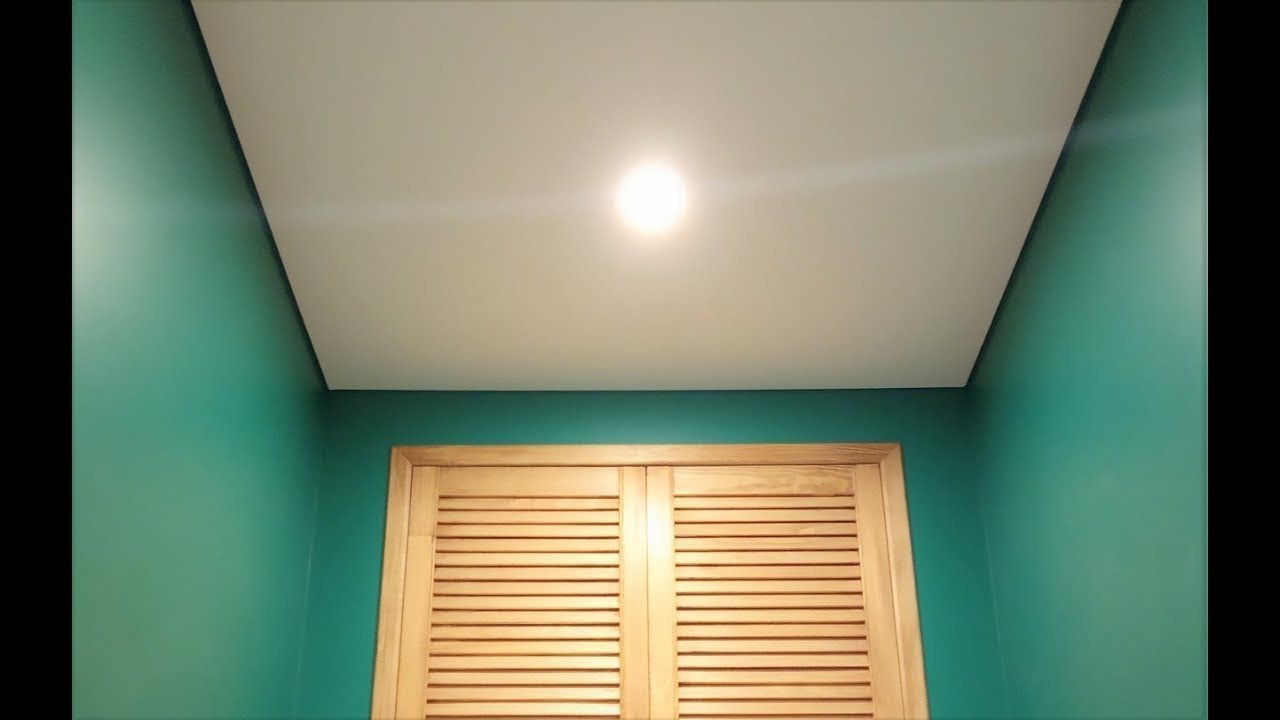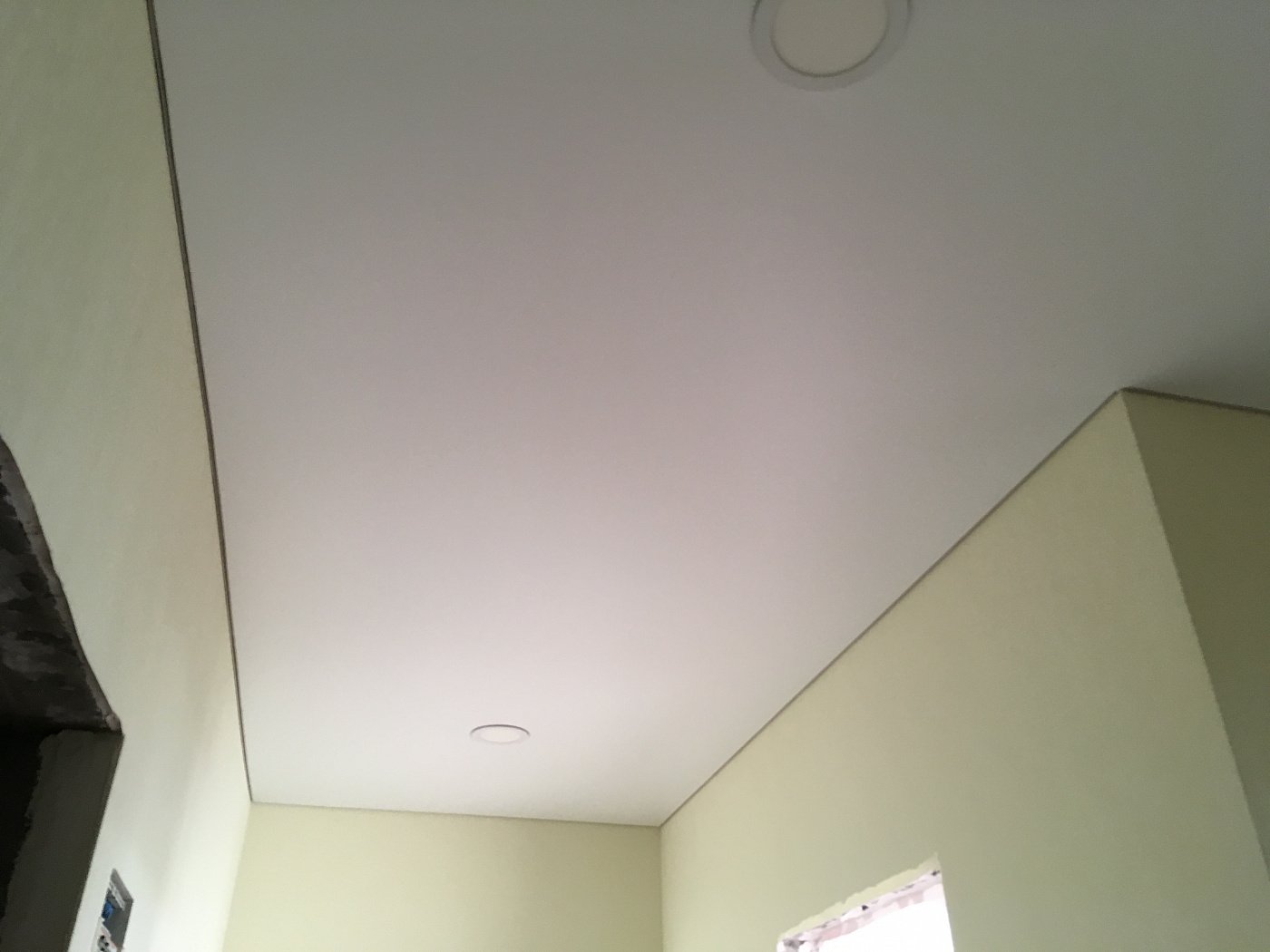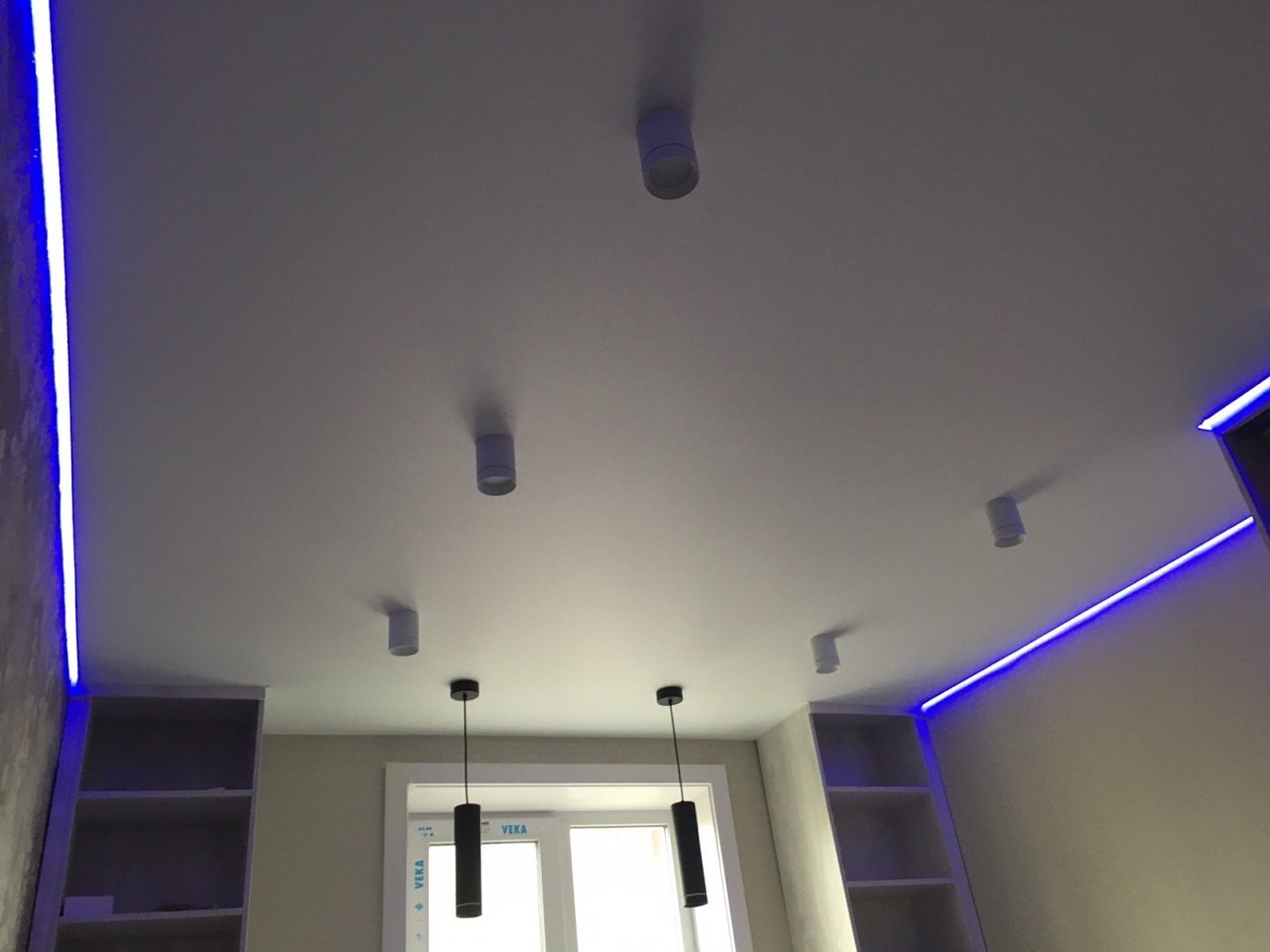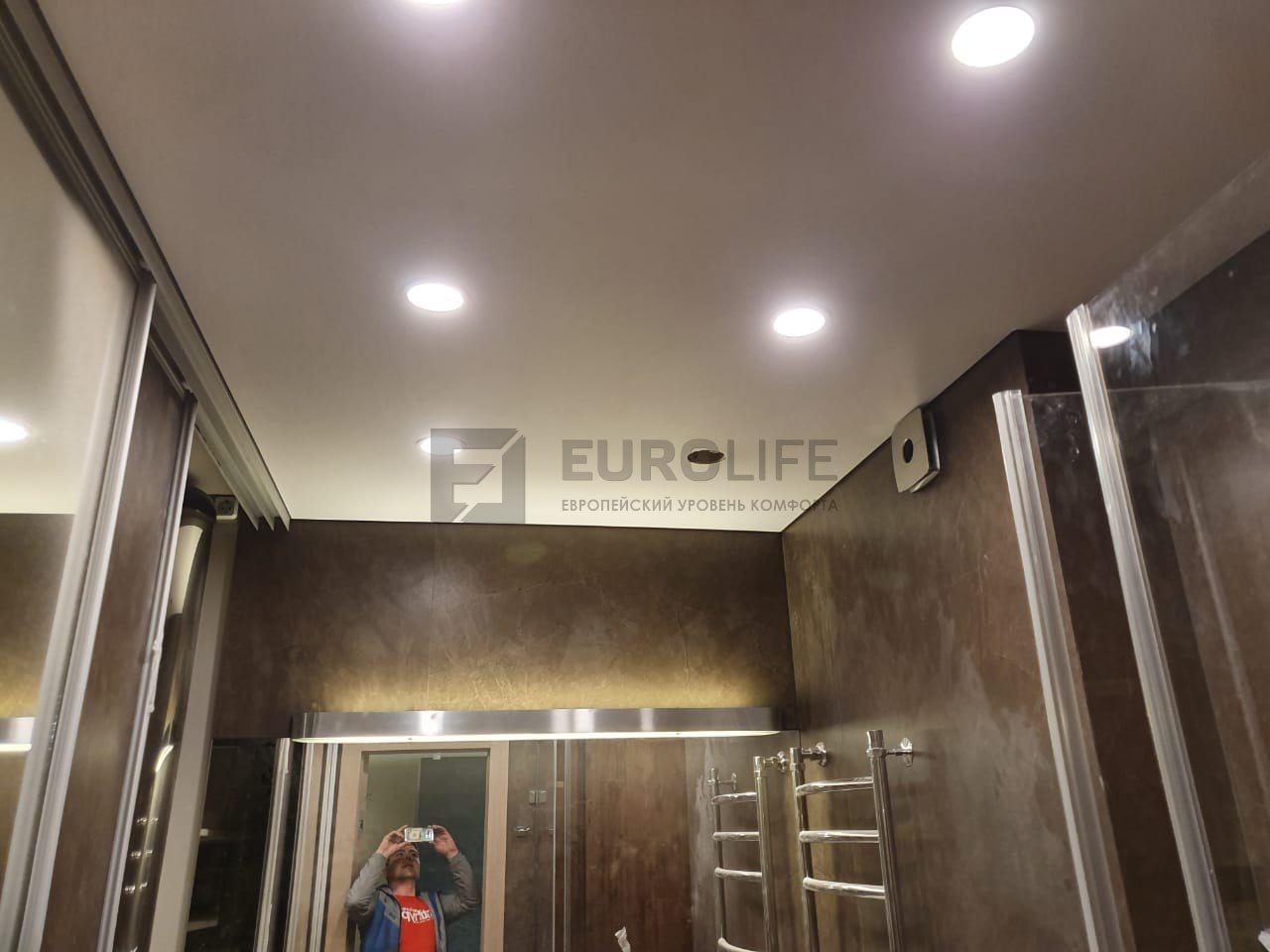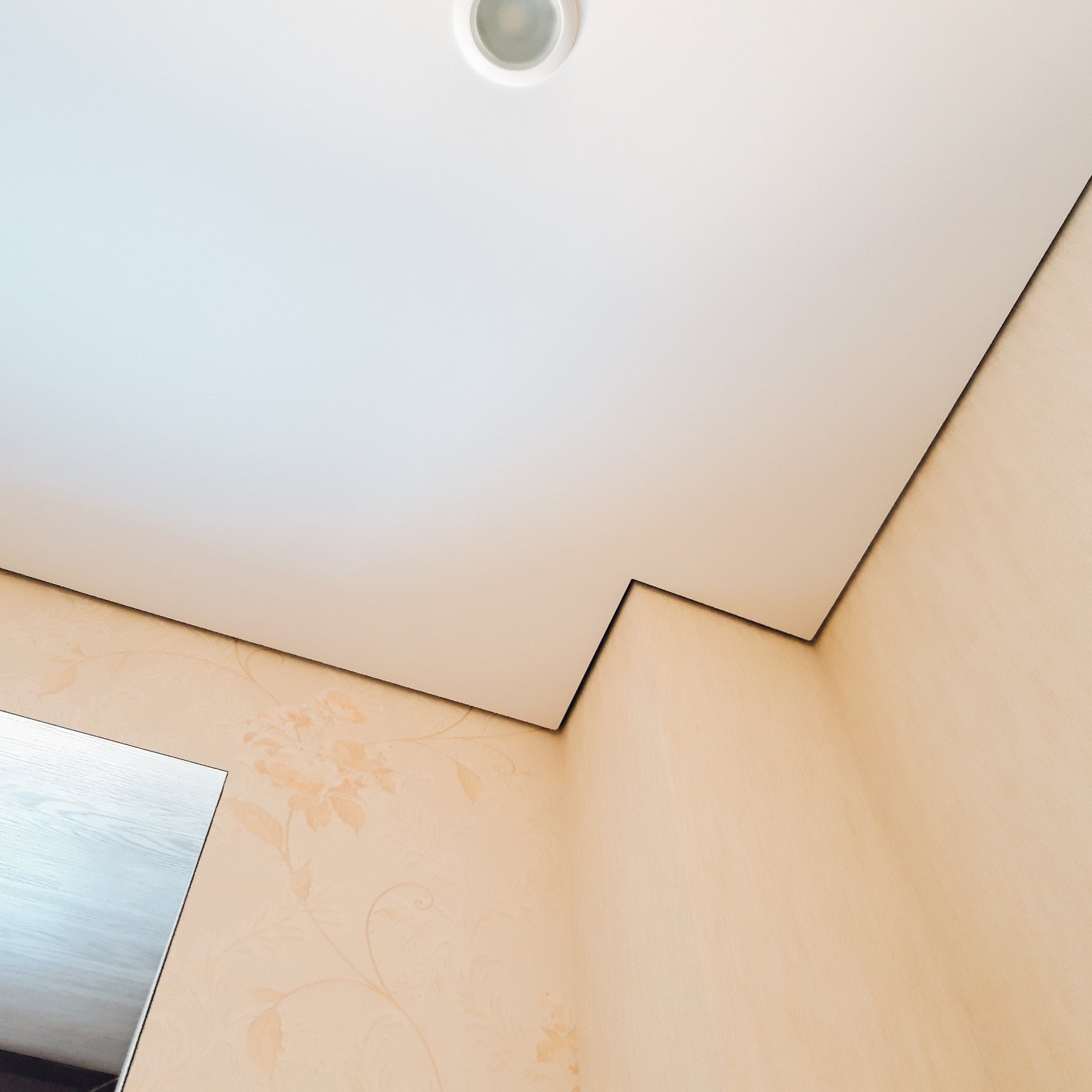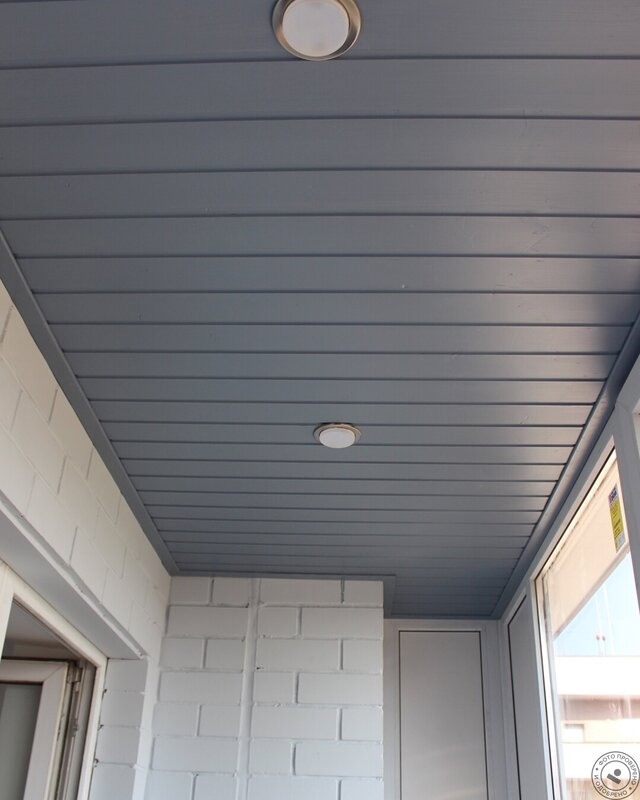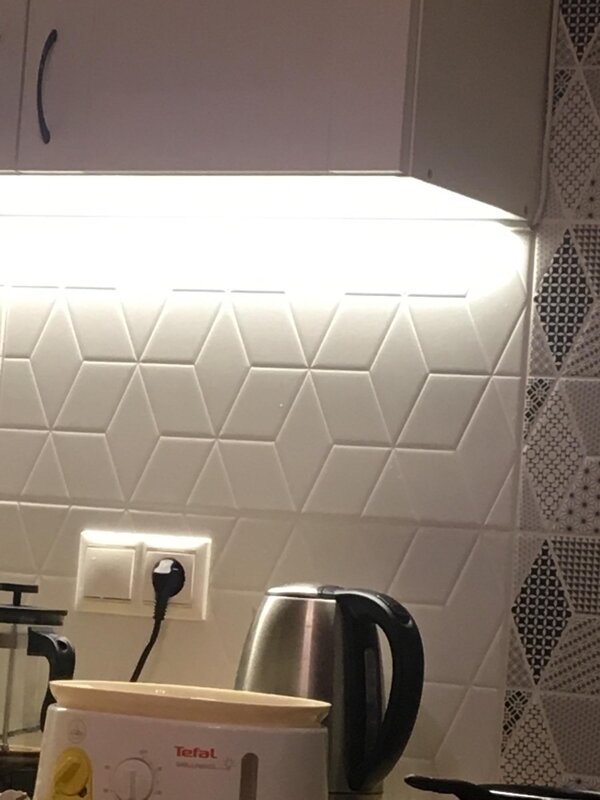Shadow gap on the ceiling 51 photos
A shadow gap on the ceiling, also known as a shadow line or reveal, is a subtle yet impactful architectural detail that adds a sophisticated touch to interior spaces. This design feature involves creating a small, deliberate gap between the ceiling and the wall, resulting in a clean, floating appearance that enhances the room's aesthetic. Shadow gaps can be employed to emphasize linearity and create a seamless transition between surfaces, often used to conceal imperfections or highlight architectural elements. The appeal of shadow gaps lies in their ability to introduce depth and dimension without overpowering the overall design. By casting a delicate shadow, they contribute to a room's visual interest, making spaces feel more expansive and airy. This technique is particularly popular in contemporary and minimalist interiors, where simplicity and elegance are paramount. Installing a shadow gap requires precision and attention to detail, as the gap must be uniform and well-aligned to achieve the desired effect. While it may seem a minor detail, the shadow gap's contribution to the ambiance of a space is undeniable, offering an understated yet refined enhancement to any room it adorns.







